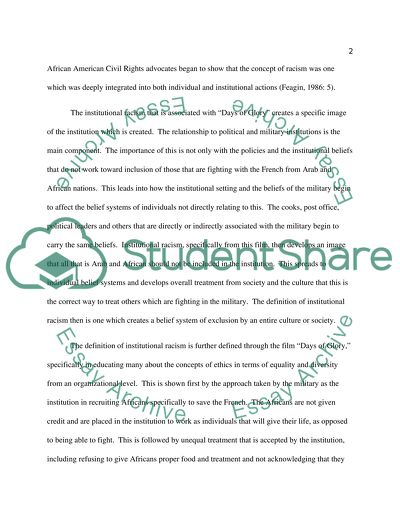Cite this document
(Days of Glory and Days of Indignity Movie Review, n.d.)
Days of Glory and Days of Indignity Movie Review. Retrieved from https://studentshare.org/social-science/1442004-ypnothing-much-has-changed-days-of-glory-days-of
Days of Glory and Days of Indignity Movie Review. Retrieved from https://studentshare.org/social-science/1442004-ypnothing-much-has-changed-days-of-glory-days-of
(Days of Glory and Days of Indignity Movie Review)
Days of Glory and Days of Indignity Movie Review. https://studentshare.org/social-science/1442004-ypnothing-much-has-changed-days-of-glory-days-of.
Days of Glory and Days of Indignity Movie Review. https://studentshare.org/social-science/1442004-ypnothing-much-has-changed-days-of-glory-days-of.
“Days of Glory and Days of Indignity Movie Review”, n.d. https://studentshare.org/social-science/1442004-ypnothing-much-has-changed-days-of-glory-days-of.


